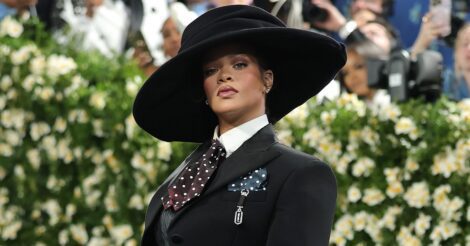
There are two COVID-19 vaccines currently in review for emergency clearance from the Food and Drug Administration – and the first doses of the vaccines could be ready for distribution in just a few weeks.
In November, Moderna and Pfizer reported promising results from the trials of the vaccines they are developing. Both companies have applied for emergency use authorization from the FDA.
The FDA still has to review the applications and consult with its own external committee of experts before making a decision, which could take a few weeks. If approved, the CDC will then determine who will receive the vaccine first.
On Tuesday (December 1), a CDC panel voted 13-1 in favor of health-care workers and long-term care facility residents receiving the first coronavirus vaccine doses once it’s cleared for public use.
Per CNBC, Health and Human Services Secretary Alex Azar said that about 40 million doses of vaccine will available by the end of this year. However, both Moderna and Pfizer’s vaccines require two doses administered a month apart – which is enough for 20 million people.
According to the CDC’s Advisory Committee on Immunization Practices reports, there are roughly 21 million health-care workers and 3 million long-term care facility residents in the United States. The committee’s director, Dr. Nancy Messonnier, said most states and local jurisdictions expect it will take three weeks to vaccinate all of their health-care workers.
Moderna and Pfizer company officials also note that there are side effects from the vaccine – the effects can lay people up for a day or so, which means health-care facilities have to plan for workers to have time away from clinical care if they experience symptoms after getting vaccinated.
So, why is a vaccine so important? Health experts have previously talked about herd immunity – a way the virus can be stopped in its tracks. If there are enough people (around 60% or 70% of the population) who develop an immune response to the virus, either through previous infection or vaccination. If the virus can’t find susceptible hosts to infect, it won’t be able to spread easily.
The ultimate goal of a vaccine is to harmlessly expose parts of the virus to the immune system, teaching it to recognize the virus as an invader and learn how to fight it. The race to develop an effective and safe vaccine continues, with some candidates reporting promising results.
While it’s possible that one or both vaccines could be available by the end of the year, it will take months before enough doses can be manufactured to inoculate the majority of the population.
In the meantime, experts continue to urge everyone to practice more immediate measure to curb the spread of COVID-19, such as avoiding large indoor gatherings, wearing masks, practicing physical distancing and using other public health measures.









